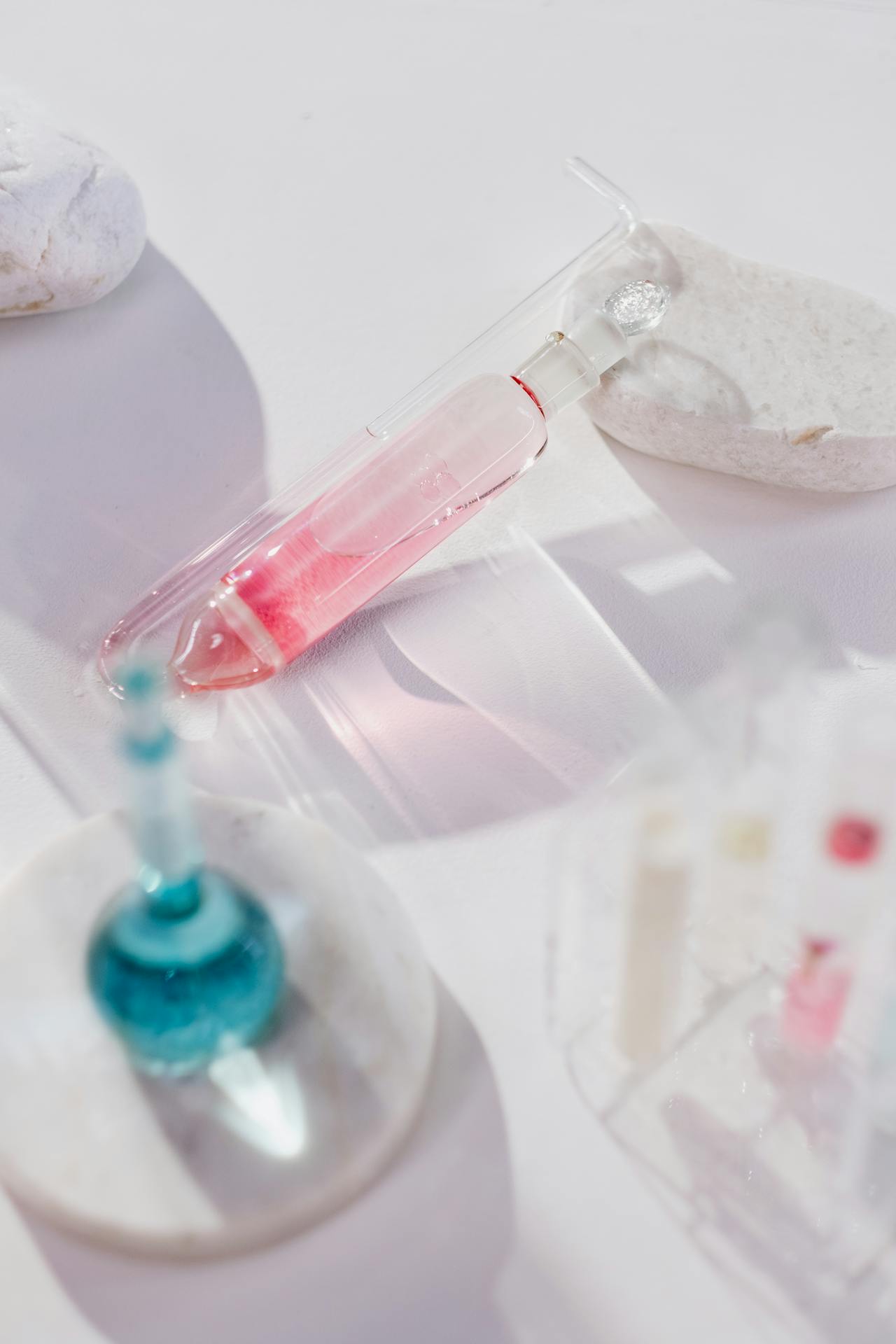
December 31, 2024
FDA To Determine Ban On Synthetic Red Dye Found In Foods
FDA representatives have urged Congress to review its request for funding as it embarks on a more modern reassessment of chemicals.
The Food and Drug Administration (FDA) may soon decide whether to ban the synthetic dye Red No. 3, which gives foods and drinks a bright crimson color.
The federal agency has been actively reviewing a petition filed in 2022 requesting to revoke authorization of the color additive in foods and ingested drugs.
“With Red 3, we have a petition in front of us to revoke the authorization board, and we’re hopeful that in the next few weeks, we’ll be acting on that petition,” said FDA Deputy Commissioner Jim Jones at the Senate Health, Education, Labor and Pensions Committee meeting on Dec. 5.
The FDA said the red dye, made of petroleum, is known to cause cancer in animals, but according to studies, it did not raise safety concerns for humans.
“Any chemical that is shown to be carcinogenic in animals or humans, or should I say, ‘humans or animals,’ cannot be authorized by FDA,” Jones said at the meeting. “Even though we don’t believe there is a risk to humans under the Delaney Clause of the FFDCA, red dye, because it is known to cause cancer in laboratory animals, should not be authorized.”
FDA Commissioner Dr. Robert M. Califf claimed the agency has repeatedly asked for better funding for chemical safety. “Remember that, when we do ban something, it will go to court, and if we don’t have the scientific evidence that will stand up in court, we will lose,” he said.
Examining the U.S. agency’s review system compared to The European Union’s, which bans the use of specific dyes in foods, Jones noted the FDA is several decades behind Europe, which has conducted post-market reviews of chemicals for over 20 years. He added that although there is no statutory mandate for the FDA to do post-market reviews, an entire office will be dedicated to undertaking chemical reevaluations as part of the agency’s reorganization. Without help from Congress, Jones and Califf said the FDA may struggle with the resources to carry out the reassessment of chemicals.
Certified FD&C color additives approved for use in foods include FD&C Blue Nos. 1 and 2, FD&C Green No. 3, and FD&C Red Nos. 3 and 40, and FD&C Yellow Nos. 5 and 6. FD&C color additives are used in several processed foods, like candies, jams, jellies, snacks, and pie fillings, to create different hues and reflect an intense color.
The California Office of Environmental Health Hazard Assessment examined the neurological effects of food dyes, which are also found in drugs and cosmetics. It found that some children’s consumption of food dyes was linked to hyperactivity and neurobehavioral problems.
RELATED CONTENT: Google Maps Misroutes Vehicle Off Demolished Bridge, Killing Three Security Guards